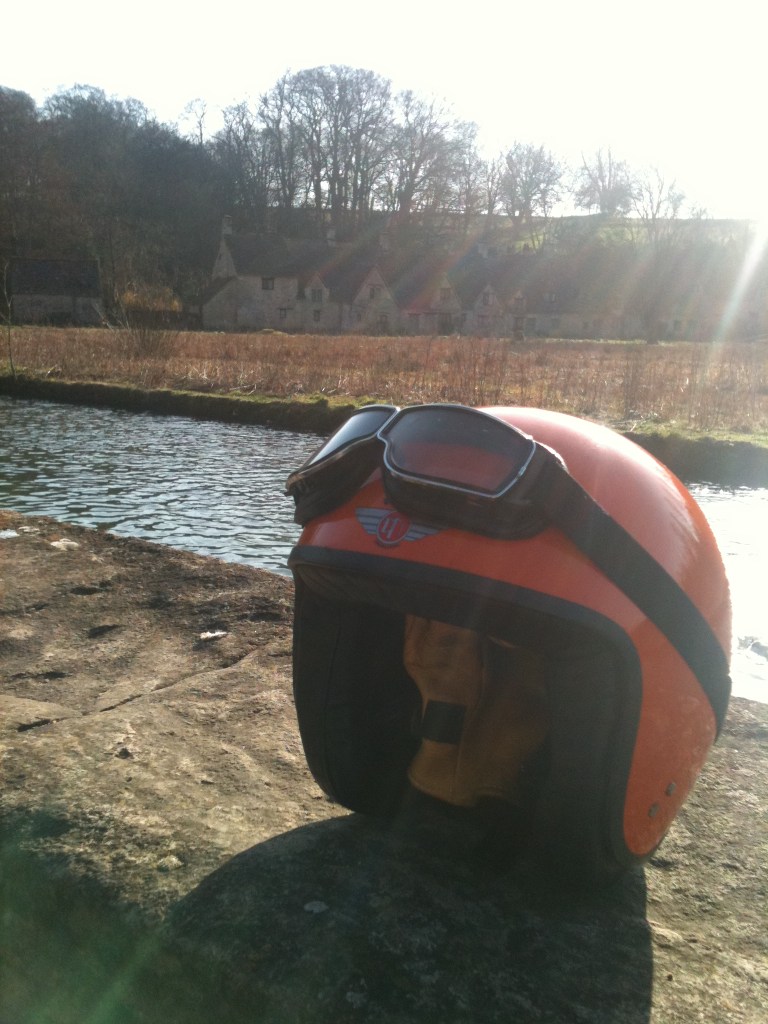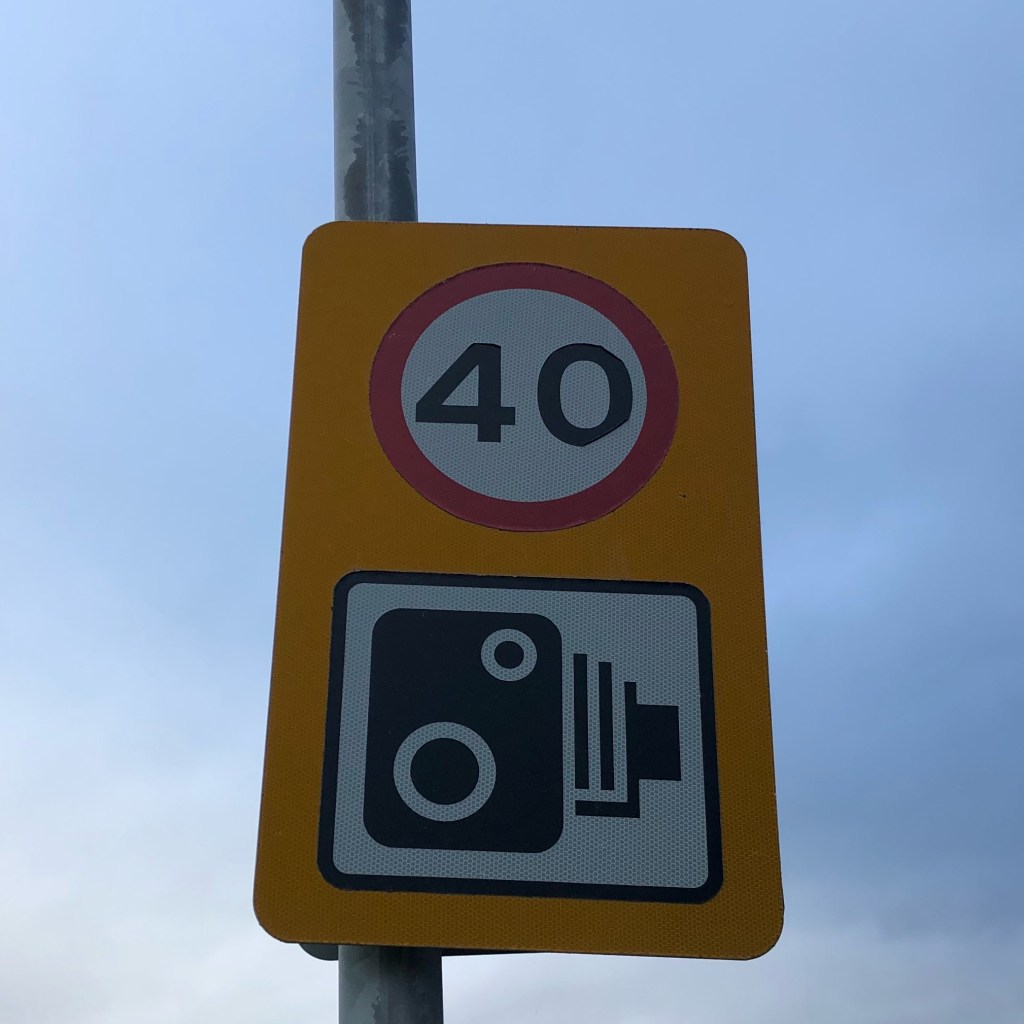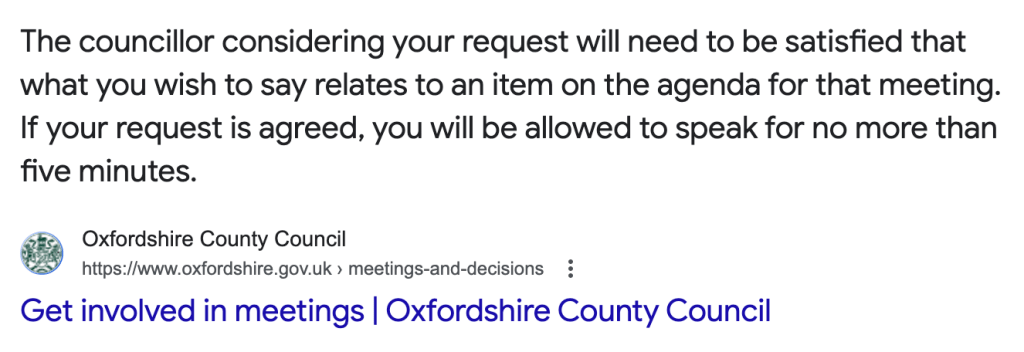There weren’t many better places to enjoy clear, blue sky and things with engines than Brooklands last Saturday. It must have been a study for the English country idyll in 1906 when Hugh Locke King (the chap who owned most of Weybridge) decided to build the world’s first motor racing track on his fields and woods.
All the best ideas need a bottle or two.
Like most good ideas, it was hatched over several bottles, a good supper and some good pals. And, despite a conspicuous lack of key performance indicators, service level agreements and “official” suppliers of branded anything, it became the crucible that produced British motorsport and British aviation.


Take Selwyn Francis Edge, a businessman, car importer and noted motoring enthusiast. Even before the track was open, he decided that he would set a record for driving at 60mph over 24 hours. That was an impressive ambition in the days when cars broke more than they ran and injured their drivers about as often.
Mr Edge and the Napier.
Mr Edge planned to use his seven-and-a-quarter litre Napier with a heady 60bhp, on tyres barely wider than a motorcycle’s, and establish the record over the night of 28 – 29 June. He would start at 6 o’clock in the evening, so he’d still be alert when darkness fell.
The feat meant hustling a car that only its good friends would have described as ‘overpowered’ and ‘skittish’ around a banked concrete oval of 2.75 miles for 24 hours. With acetylene headlights needing – shall we say – a little help, it meant lighting the edge of the nighttime track with lanterns and flares. And it meant sitting on a seat that was really a green buttoned-leather club chair. With brakes that looked better than they stopped – and they weren’t pretty. Oh, and it rained all night. One leading doctor told Edge he’d either die of exhaustion or be driven mad through boredom.
To give a little context, just thirteen years earlier the first motor race had been run from Paris to Rouen. The winner’s average speed? 10.7mph. Although that would now get you a speeding ticket in parts of Islington, back in 1894 it was hailed as a huge achievement.
Mr Edge’s record?
Edge smashed the Paris-Rouen speed and covered 1,581 miles and 1,310 yards of Brooklands track at an average speed of 66mph, near as dammit. That’s an average 66mph. If you think that doesn’t sound very fast, check the average speed display on your modern car – bet it doesn’t say much more than 48mph.
To get a sense of what it must have been like, try steering a wheelchair down the Stelvio pass – blindfolded – while people drench you with fire hoses.
That’s the sort of place Brooklands is. It reeks of history. Still. They made Wellington bombers here (2,500 of them), Sopwiths and Hurricanes too. The Royal Flying Corps’ 1, 8, 9 and 10 Squadrons had their homes on the in-field. Hugh Dowding (he of “Dowding Spread” machine gun harmonisation fame) learned to fly at Brooklands. You can still smell the 100 octane and cordite.
Historics’ Auction

I’d gone to see some of the cars in Historics’ June auction. There were some real beauties. And a couple I rather fancied. An Amazon 121 combi (that’s the shooting brake version of mine), a little Alfa 1300 Junior, a proper Rover P4 and a T1 Bentley (really a Shadow that reeks just a little less of cheap cigars and sheepskin). Also, to demonstrate what a taste-setter I am, a Rolls Carmargue – they’re soon going to be seriously hot property, mark my words. And a couple of BMW 635CSis.



The auction was fascinating. There were serious dealers with every other catalogue page clogged with Post-Its. There were dilettantes like me, with more hope than expectation. And there were chaps in scruffy jeans with 18ct gold Submariners who, I suspect, owned some of the more exotic kit on offer.
The auctioneers had a perfect line in cynical, slightly combative patter. To a buyer offering a £100 increase “Ah, a squeak. I see we now have a mouse-bidder” and, to another reluctantly plodding bidder, “I asked you for £50,000 twenty minutes ago and now you’ve just bid £50,000. You could have saved me the time, couldn’t you?” All splendidly good natured.
Auction prices.
The first lot of the day – bits of a Bentley 3 1/2 that the uninitiated would use to make a garden shed – was expertly auctioneered up to just over £1,100. A white Bentley Continental R with under 50k on the clock sold for under £25k. Even if it was lard-white, that’s still insanely cheap for a soft top Bentley. A Noble Ferrari 330 P4 replica with a £30k reserve hit just over the target – which may have been bargain of the day. And a Delorean DMC-12 with barely delivery mileage and the factory papers still in the window clocked up a busting £57,120.
As a Z3M headed north of £17,000 I decided I’d stick with the Amazon. But my Carmargue didn’t sell, so there’s always August’s sale…
The Brooklands the council wanted rid of.
So I left the chaps with wads of fifties that could choke a racehorse and went to look at the other Brooklands – the banking and the airfield. There’s not much of it left now after decades of development and incursion from the surrounding area. But the finishing straight is still there, with the WWII air-raid shelter off to the right. And the Members’ Bridge and banking. A very special place.
On a summer Saturday I was expecting it to be packed. Instead, I had it to myself.
I walked in the sun up past the old Bofors gun towers and a soon-to-be restored AC Aceca and, simply by strolling through a gap between a couple of barriers, I was there on the pitted, concrete track. I soaked up more sunshine as I walked what’s left of its length. Without doubt, this is the most important and significant piece of motor racing heritage in the world.
This was where motorsport records started.
Men and women with more ability than sense hurled unstable, overpowered and underbraked machinery round with little regard to their own mortality. Courage like that seeps into the stone.

A couple of other solitary pilgrims were walking by now. One father was telling his increasingly wide-eyed son about Birkin and Barnato’s Bentley Blower No1. I walked on, thinking that it must have been a wonderful, if closed, world for those fortunate enough to be part of it.
What would they have thought?
I sat down on what would have passed for a crash barrier and thought about how important this few square metres of racetrack are to British motorsport and aviation. And then about the chain-shop retail park that now sits at its south western corner, thanks to the local council’s decision to trade motor racing history for cash in the 1980s. And the risk-assessed, compliance and procurement-controlled corporate offices within its ambit.
And I wondered what Edge, Barnato, Dame Ethel Locke King, 84mph Joan Richmond and 143.44mph John Cobb in his 24 Litre Napier-Railton would make of it.
Not very much, I suspect. But then they’d probably have taken the same view of an ex-comprehensive school lad from a rather different sort of estate hanging around their track.
Progress ain’t always a bad thing.






Leave a reply to Derek Reynolds Cancel reply